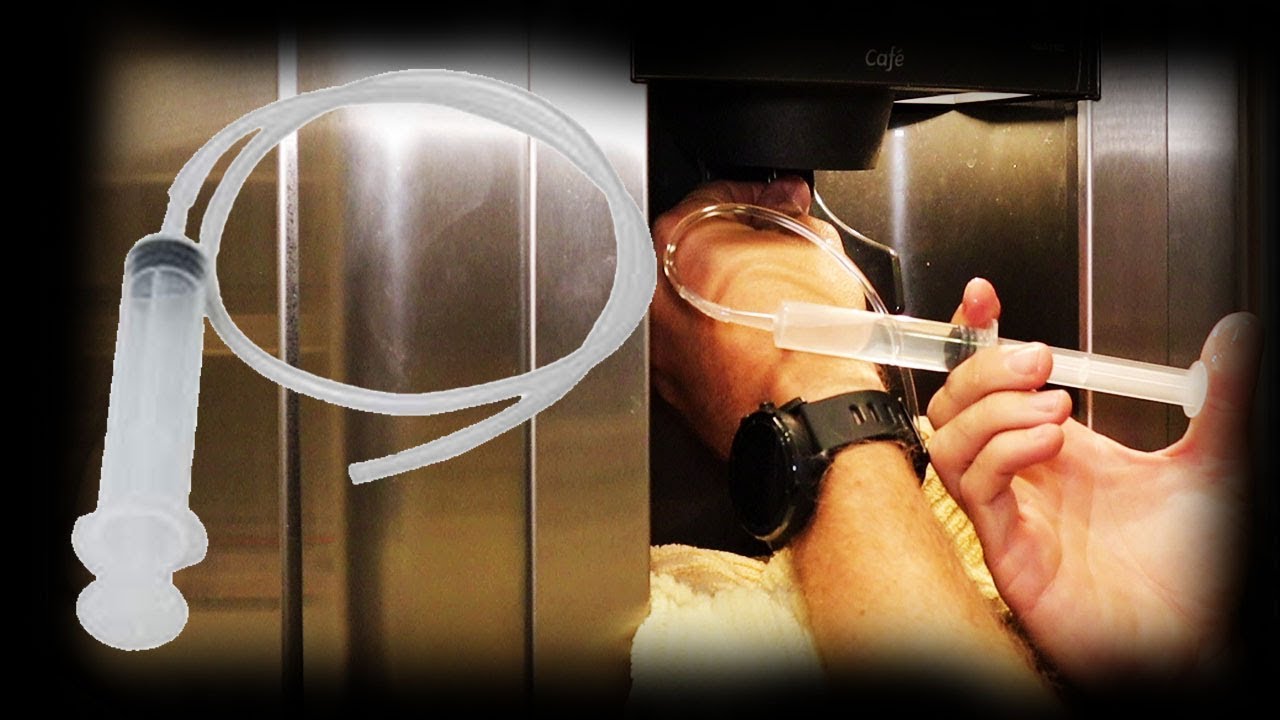

Articles
How To Thaw Frozen Ice Maker Water Line
Modified: August 28, 2024
Learn how to safely thaw a frozen ice maker water line with these helpful articles. Prevent damage to your ice maker and keep it running smoothly.
(Many of the links in this article redirect to a specific reviewed product. Your purchase of these products through affiliate links helps to generate commission for Storables.com, at no extra cost. Learn more)
Introduction
An ice maker is a convenient appliance that provides us with ready-made ice cubes whenever we need them. However, one common problem that ice maker owners may encounter is a frozen water line. When the water line leading to the ice maker freezes, it can disrupt the ice-making process, leaving you without a steady supply of ice.
In this article, we will explore the potential causes of a frozen ice maker water line, the signs indicating that your water line may be frozen, as well as important safety precautions to consider. We will also provide you with a comprehensive step-by-step guide on how to thaw a frozen ice maker water line, along with alternative methods you can try. Lastly, we will discuss preventative measures to help you avoid future freezing issues.
Whether you are a homeowner with an ice maker built into your refrigerator or a business owner relying on ice machines for your operations, understanding how to thaw a frozen ice maker water line is essential. By following the tips and techniques outlined in this article, you will soon have your ice maker up and running again.
Key Takeaways:
- Thawing a frozen ice maker water line requires gentle heat, safety precautions, and preventive measures to ensure optimal functionality and uninterrupted ice production.
- Identifying signs of a frozen water line, prioritizing safety, and following a systematic thawing process can help maintain a steady supply of ice and prevent future freezing issues.
Read more: How To Unclog Water Line To Ice Maker
Potential Causes of a Frozen Ice Maker Water Line
Several factors can contribute to the freezing of an ice maker water line. Understanding these potential causes will help you prevent future freezing issues and address them promptly. Let’s take a closer look at some of the common culprits:
- Low Temperatures: The most obvious cause of a frozen ice maker water line is extremely low temperatures. When the ambient temperature drops significantly, the water inside the line can freeze and block the flow.
- Inadequate Insulation: Insufficient insulation around the water line can make it more susceptible to freezing. If the area where your ice maker is located lacks proper insulation, cold air can infiltrate and freeze the water inside the line.
- Restricted Air Flow: Another possible cause of a frozen water line is restricted air flow around the ice maker. Poor ventilation or blocked air vents can lead to the accumulation of cold air, which can cause the water line to freeze.
- Water Line Obstructions: Any obstructions in the water line, such as mineral build-up or debris, can impede the flow of water and increase the chances of freezing.
- Improper Installation: If the ice maker water line was not installed correctly, it may be prone to freezing. Improper positioning or incorrect placement near cold areas can contribute to water line freezing.
It’s important to note that these causes can interact with one another, amplifying the risk of a frozen water line. Addressing these potential causes will not only resolve the current freezing issue but also prevent future occurrences.
Signs of a Frozen Ice Maker Water Line
Identifying the signs of a frozen ice maker water line is crucial in addressing the issue promptly. Here are some common indicators that your water line may be frozen:
- Lack of Ice Production: The most apparent sign of a frozen water line is a lack of ice production from your ice maker. If your ice maker is not producing any ice or the ice cubes are significantly reduced in quantity, it may indicate a frozen water line.
- Water Leakage: Another sign to look out for is water leakage around the ice maker or in the freezer compartment. When the water line is frozen, it can cause pressure to build up, resulting in leaks or drips.
- Noisy Operation: If you notice unusual noises coming from your ice maker, it could be a sign of a frozen water line. The strain on the system due to the blockage can cause the mechanical components to work harder and create noise.
- Reduced Water Flow: A frozen water line can also lead to a decrease in water flow from the dispenser. If you experience slower filling of glasses or a weak stream of water, it may indicate a frozen water line.
- Presence of Ice Build-Up: Check the area around the water line connection and inside the ice maker for any visible ice build-up. Ice forming around these areas is a clear indication of a frozen water line.
If you observe any of these signs, it is important to take immediate action to thaw the frozen water line and restore normal operation. Continuing to use the ice maker without addressing the frozen water line can lead to further damage or even system failure.
Safety Precautions
When dealing with a frozen ice maker water line, it is essential to prioritize your safety. Follow these safety precautions to minimize the risk of accidents or damage:
- Disconnect the Power: Before attempting any repairs or maintenance on your ice maker, make sure to disconnect the power supply. This will help prevent any electrical shocks or accidents during the thawing process.
- Avoid Using Sharp Objects: While it may be tempting to use sharp objects like knives or ice picks to remove the ice blockage, refrain from doing so. These tools can cause damage to the water line or other components, and there is a risk of injury. Stick to safer methods, as outlined in the subsequent sections.
- Wear Protective Gear: It is advisable to wear protective gloves and safety goggles while handling the ice maker, especially during the thawing process. This will protect your hands from potential injury and ensure your eyes are shielded from any flying debris.
- Refer to the Manufacturer’s Instructions: Every ice maker may have specific instructions or precautions outlined in the user manual. Familiarize yourself with these guidelines before proceeding with any troubleshooting or repairs to ensure you are following the manufacturer’s recommendations.
- Keep Children and Pets Away: During the thawing process, it is crucial to keep children and pets away from the area to prevent accidents or injuries. The presence of water and electrical components can pose potential hazards.
- Consult a Professional: If you are unsure about handling the frozen water line yourself or if the problem persists despite your efforts, it is best to seek assistance from a professional technician. They have the knowledge and expertise to safely diagnose and repair any issues with your ice maker.
By adhering to these safety precautions, you can effectively protect yourself, others, and your ice maker while addressing the frozen water line problem.
To thaw a frozen ice maker water line, use a hair dryer or heat gun on low setting to gently warm the line. You can also wrap the line with warm towels or use a heating pad. Avoid using any sharp objects to chip away at the ice to prevent damage to the water line.
Step-by-Step Guide to Thawing a Frozen Ice Maker Water Line
Thawing a frozen ice maker water line requires a systematic approach to ensure safe and effective results. Follow these step-by-step instructions to thaw the ice and restore proper functionality to your ice maker:
- Turn Off the Ice Maker: Locate the power switch or control button for your ice maker and switch it off. This will prevent any unwanted ice production during the thawing process.
- Unplug the Ice Maker: Disconnect the ice maker from the power source to eliminate any risk of electric shock or damage to the appliance.
- Locate the Frozen Water Line: Identify the water line leading to your ice maker. It is typically located behind or underneath the refrigerator. Depending on the model and installation, you may need to remove certain panels or components to access the water line.
- Apply Gentle Heat: Gently warm the frozen water line to melt the ice blockage. You can use a hairdryer on low heat or a heat gun, carefully directing the warm air toward the frozen section of the water line. Keep the heat source at least several inches away from the water line to avoid any damage.
- Monitor the Thawing Process: Keep a close eye on the thawing process. As the ice begins to melt, you may notice water droplets or small amounts of water leaking from the line. Place towels or a bucket to collect any water and prevent it from spreading or causing damage.
- Check for Complete Thawing: Once you have applied heat for a sufficient amount of time, check the water line to ensure it is completely thawed. Use your fingers or a non-sharp object, such as a wooden dowel, to gently probe the line and verify that there are no remaining ice blockages.
- Reconnect and Test: Once the water line is completely thawed, reconnect the ice maker to the power source and turn it back on. Give it some time to start producing ice again. Check for proper water flow and listen for any unusual noises.
Remember, every ice maker may have specific instructions, so refer to the manufacturer’s manual for any additional guidance or precautions to follow during the thawing process.
Read more: How To Replace Ice Maker Water Line
Alternative Methods for Thawing a Frozen Ice Maker Water Line
If you prefer to explore alternative methods or don’t have access to a hairdryer or heat gun, there are other ways to thaw a frozen ice maker water line. Here are a few alternative methods you can try:
- Hot Water Soak: Prepare a basin of hot water and carefully submerge the frozen area of the water line in the water. The warm temperature will gradually melt the ice blockage. Be cautious not to use boiling water, as it can damage the water line or surrounding components.
- Warm Cloth or Towel: Soak a cloth or towel in hot water and wrap it around the frozen section of the water line. The heat from the cloth will promote thawing. Replace the cloth with a freshly warmed one as needed to maintain the warmth.
- Warm Compress: Use a hot water bottle or heating pad wrapped in a towel and apply it to the frozen water line. The sustained warmth will help melt the ice blockage over time. Make sure to monitor the compress and avoid leaving it unattended.
- Cup of Hot Water: If the ice blockage is located near the water line connection, you can try pouring a cup of hot water over the area. The heat from the water will help melt the ice and restore water flow.
- Consider a Thawing Kit: Thawing kits specifically designed for ice maker water lines are available for purchase. These kits typically include a heating element that can be inserted into the water line to thaw the ice. Follow the instructions provided with the kit for safe and effective thawing.
It’s important to note that while these alternative methods can be effective, they may take longer than using a hairdryer or heat gun. Be patient and monitor the thawing process, avoiding the use of excessive force or sharp objects that could damage the water line or other components.
Preventing Future Freezing Issues
Prevention is key when it comes to avoiding future freezing issues with your ice maker water line. By following these preventive measures, you can minimize the risk of a frozen water line and ensure uninterrupted ice production:
- Maintain Proper Temperature: Keep your freezer and surrounding area at the recommended temperature. Generally, the freezer should be set between 0°F and 5°F (-18°C and -15°C). Avoid lowering the temperature too much, as it can increase the likelihood of freezing.
- Insulate the Water Line: Add insulation to the water line to protect it from cold air. You can use foam pipe insulation or heat tape specifically designed for plumbing. Ensure that the insulation covers any exposed sections of the water line.
- Provide Adequate Ventilation: Ensure proper ventilation around the ice maker and freezer. Avoid blocking air vents or obstructing the airflow, as restricted ventilation can contribute to colder temperatures and increase the risk of freezing.
- Regularly Clean the Water Line: Periodically clean the water line to remove any mineral buildup or debris that may interfere with the water flow. Use a mixture of vinegar and water to dissolve any deposits and improve the efficiency of your ice maker.
- Check for Water Line Leaks: Inspect the water line regularly for leaks or drips. Any water leakage can indicate a problem with the water line or valve, which can lead to freezing. Repair any leaks promptly to prevent further issues.
- Properly Install the Water Line: If you are installing a new ice maker or replacing the water line, ensure it is properly installed according to the manufacturer’s instructions. Pay attention to the positioning and routing of the water line to minimize exposure to cold areas.
- Consider a Freeze-Resistant Water Line: If freezing is a persistent issue in your area, you may want to invest in a freeze-resistant water line. These specially designed water lines are more resistant to freezing and can help prevent future blockages.
Following these preventive measures will help maintain the optimal functioning of your ice maker, reduce the risk of freezing, and ensure a continuous supply of ice for your needs.
Conclusion
Dealing with a frozen ice maker water line can be frustrating, but with the right knowledge and techniques, you can thaw the line and restore your ice maker’s functionality. In this article, we discussed the potential causes of a frozen water line, the signs to look out for, and important safety precautions to keep in mind.
We provided you with a step-by-step guide on how to thaw a frozen ice maker water line, including alternative methods that can be used if you don’t have access to specific tools. Additionally, we offered preventive measures to help you avoid future freezing issues and maintain the optimal performance of your ice maker.
Remember to always prioritize safety when dealing with your ice maker. Disconnect the power, wear protective gear, and consult the manufacturer’s instructions for guidance. If you are unsure or the problem persists, don’t hesitate to seek the assistance of a professional technician.
By understanding the causes, signs, and preventive measures associated with a frozen ice maker water line, you can minimize downtime, keep your ice maker in optimal condition, and ensure a constant supply of ice for your needs. So, the next time your ice maker encounters a freezing issue, you’ll be well-equipped to tackle it with confidence.
Now that you've mastered thawing your ice maker's water line, why stop there? Keep your kitchen appliances in top shape by learning how to tackle common issues, such as ice maker repair. Beyond the kitchen, maintaining your entire home is key to a cozy, efficient living space. Don’t miss out on valuable insights and practical advice found in our home maintenance guide. Both articles offer easy-to-follow tips that’ll save you time and hassle, ensuring your home runs like clockwork.
Frequently Asked Questions about How To Thaw Frozen Ice Maker Water Line
Was this page helpful?
At Storables.com, we guarantee accurate and reliable information. Our content, validated by Expert Board Contributors, is crafted following stringent Editorial Policies. We're committed to providing you with well-researched, expert-backed insights for all your informational needs.
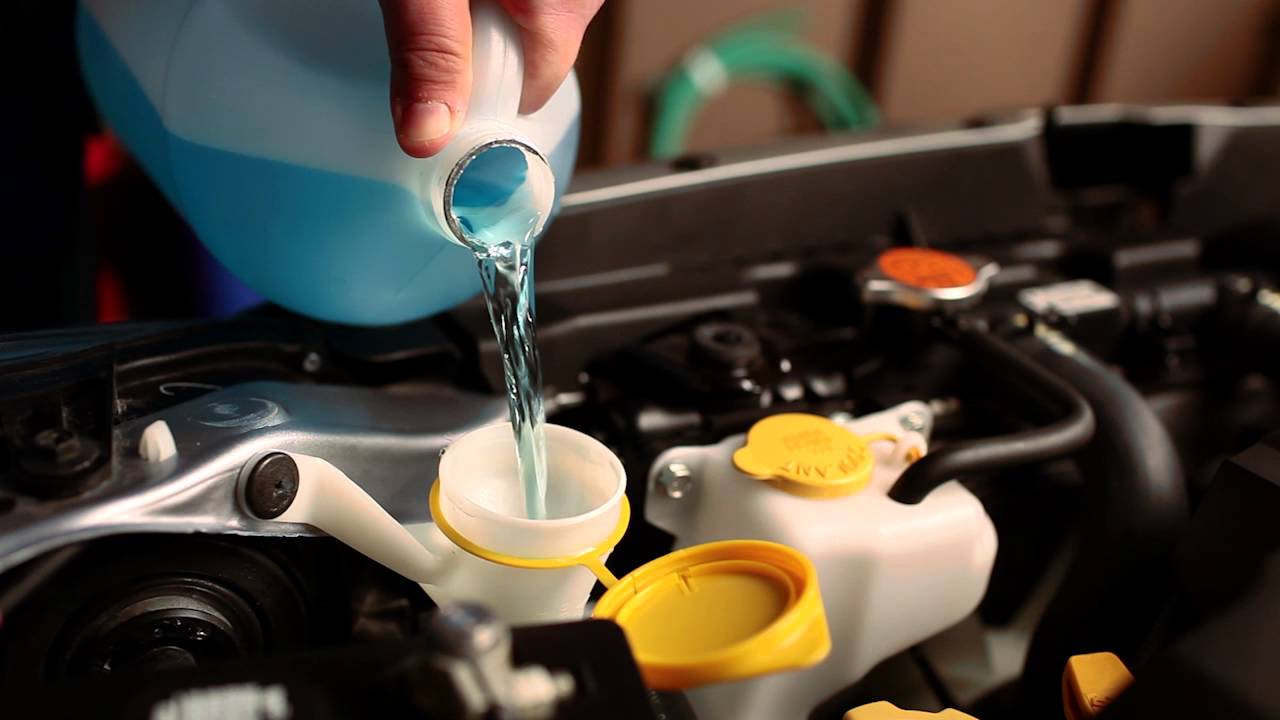
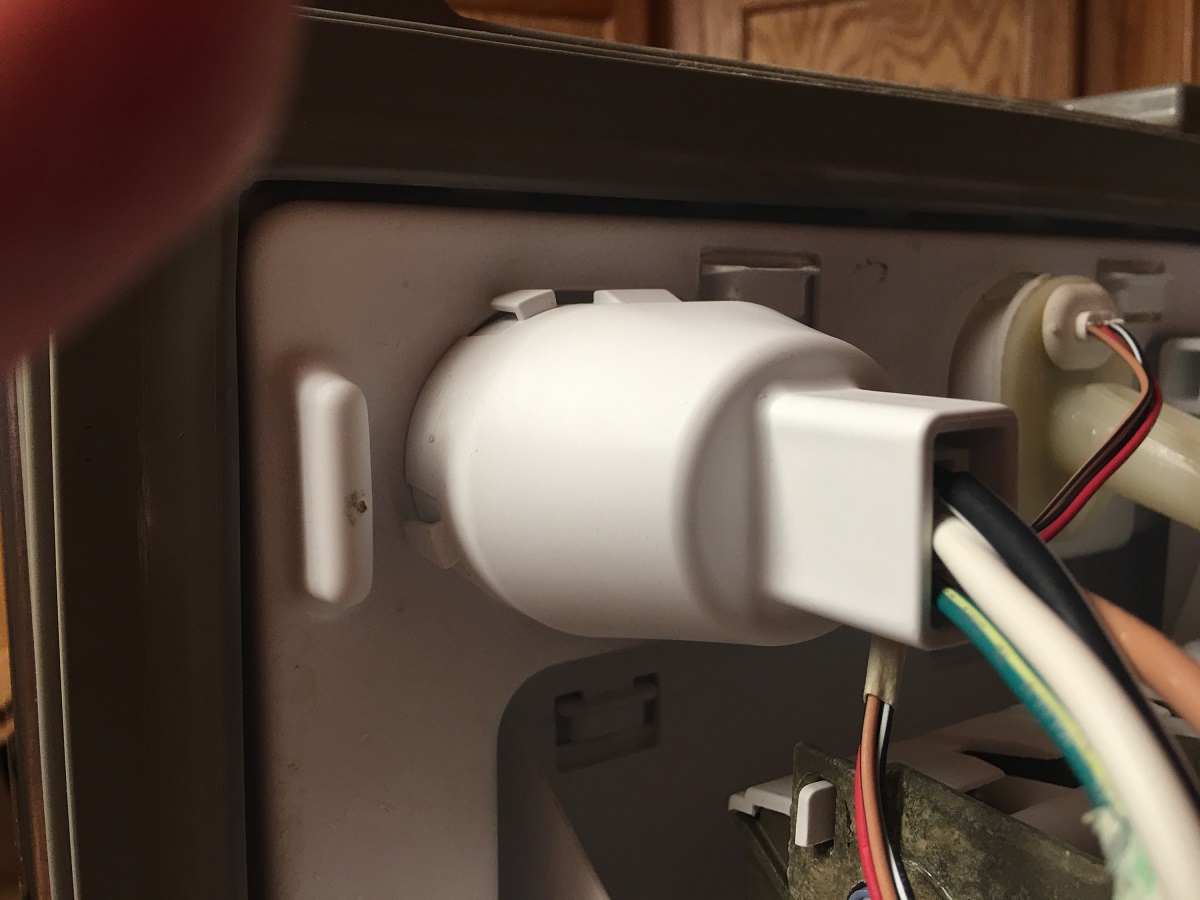
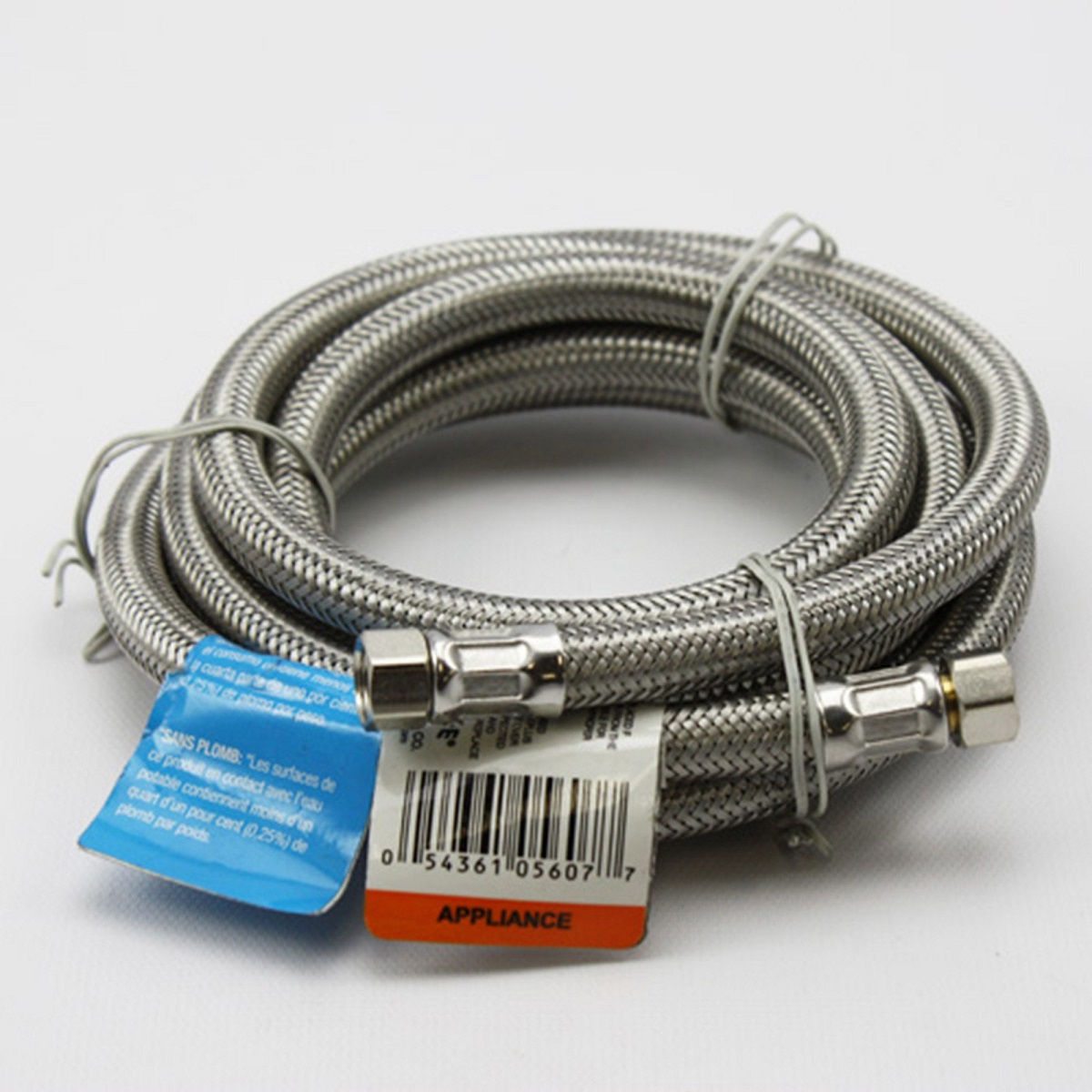
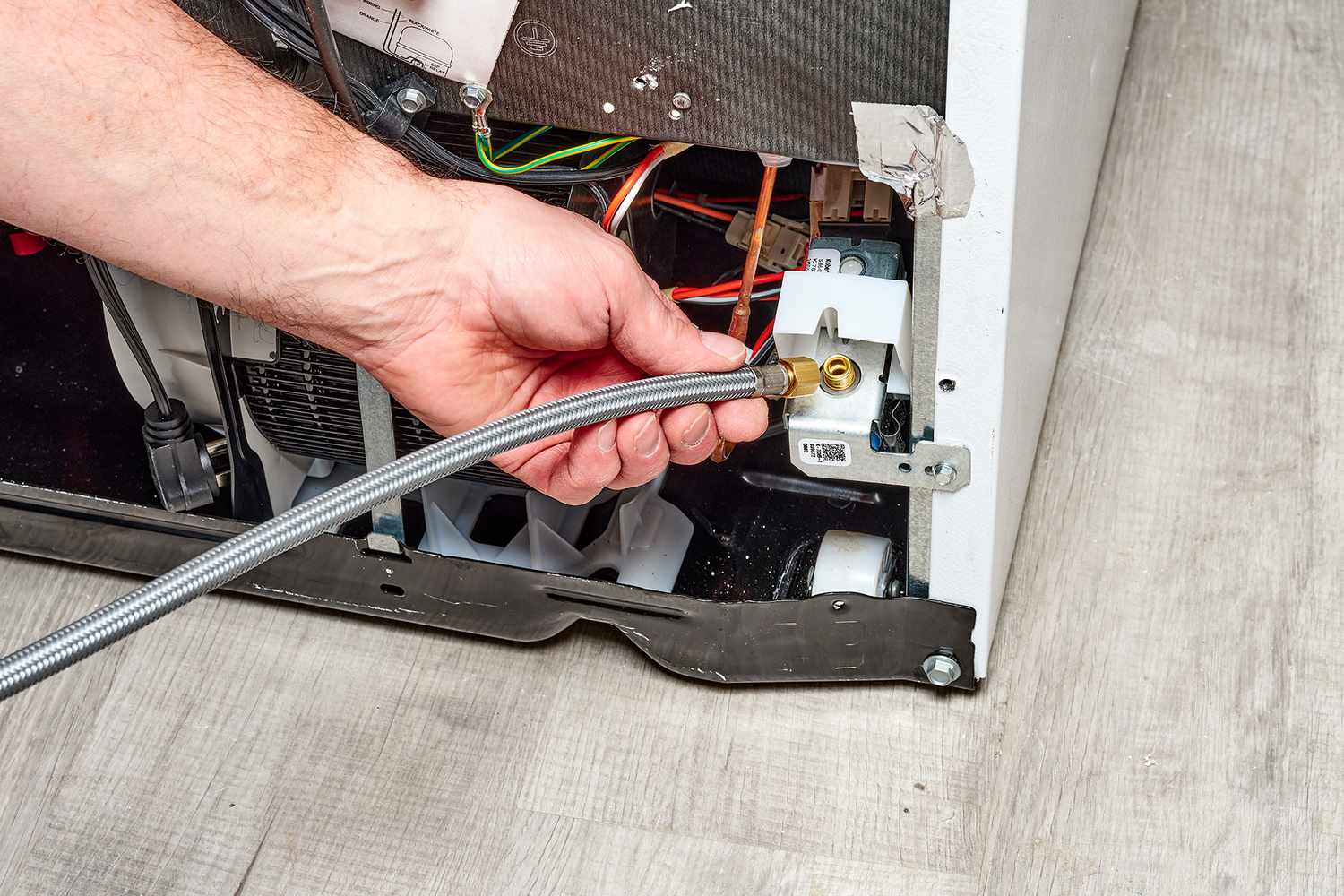
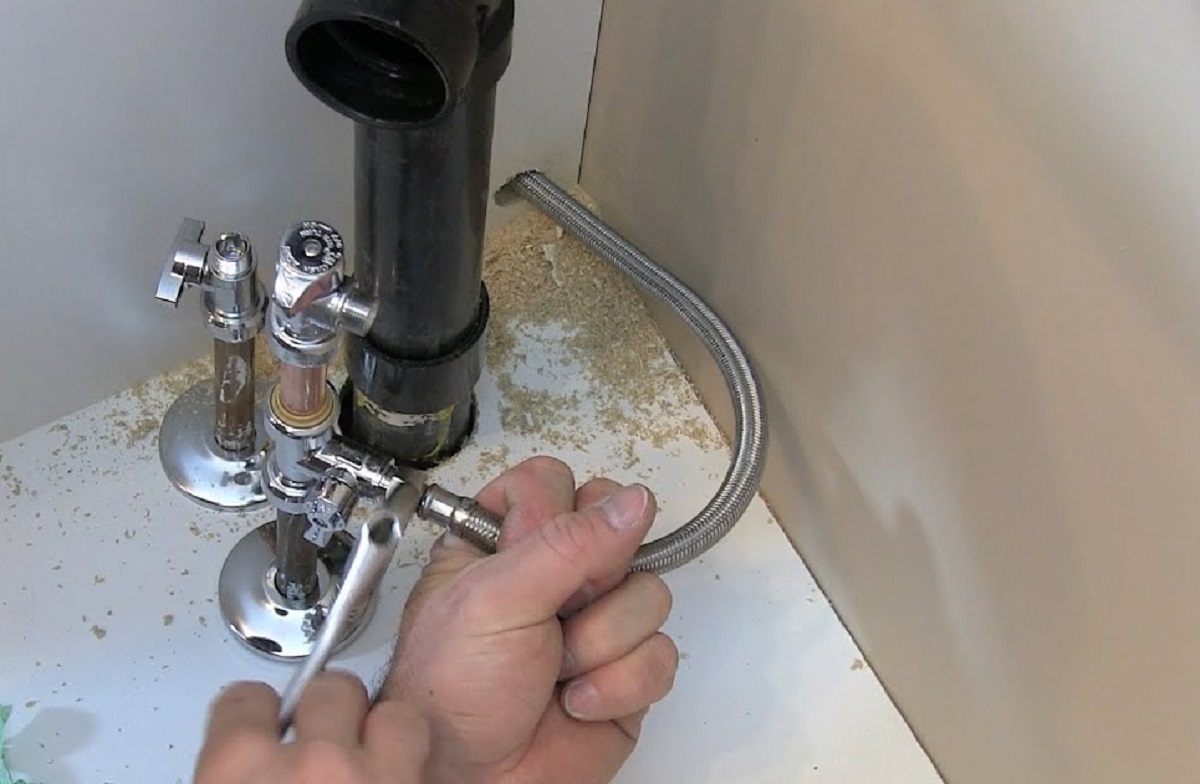
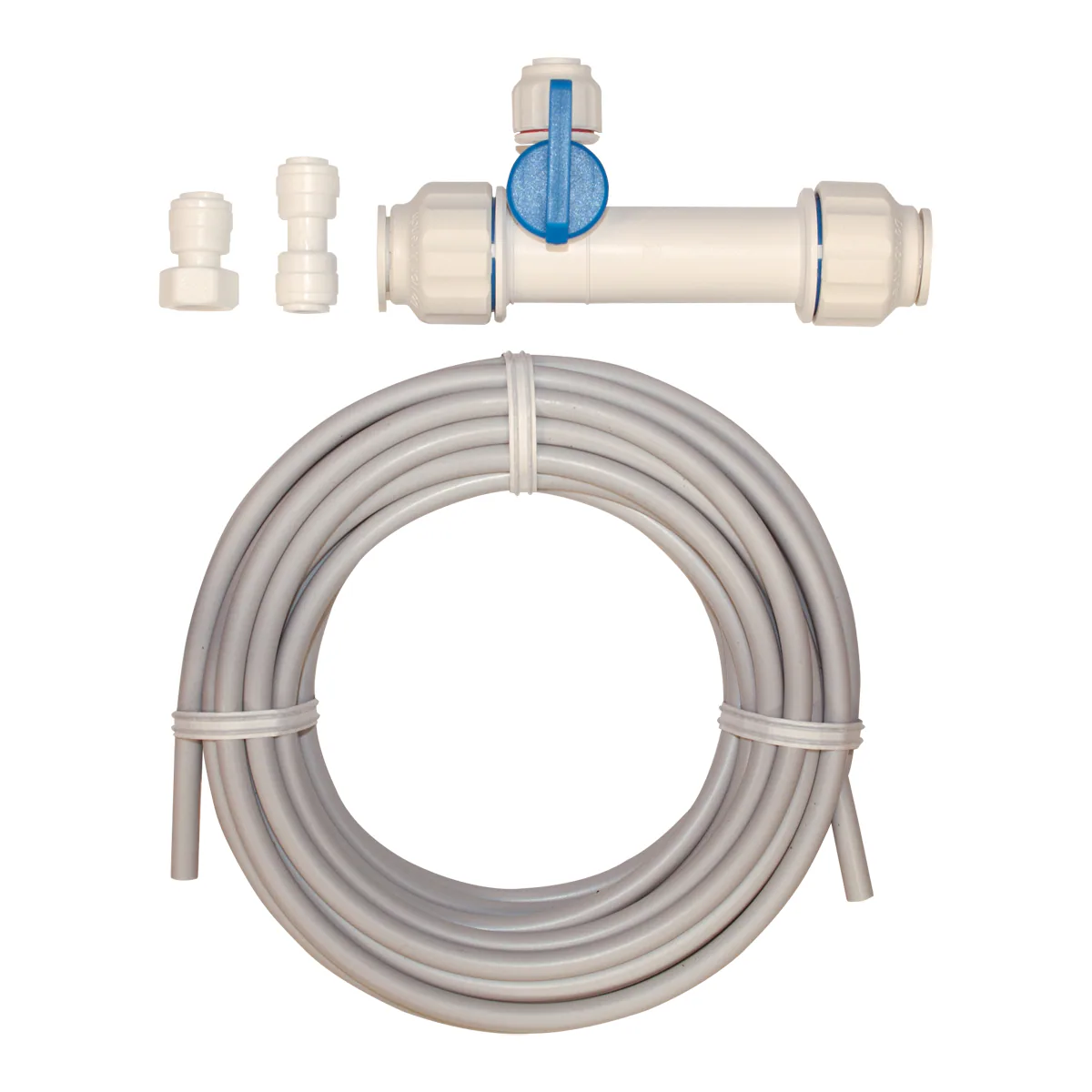
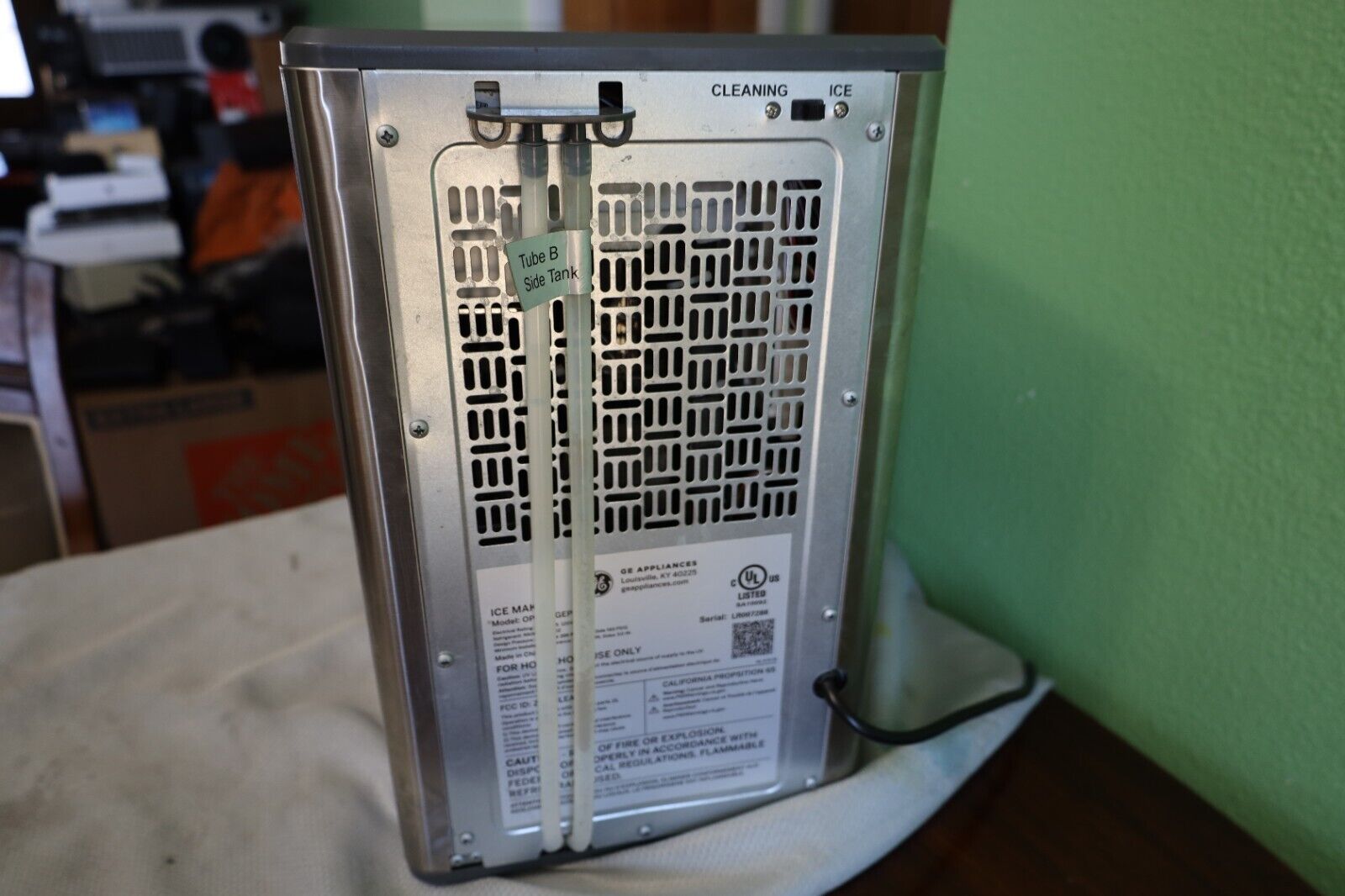
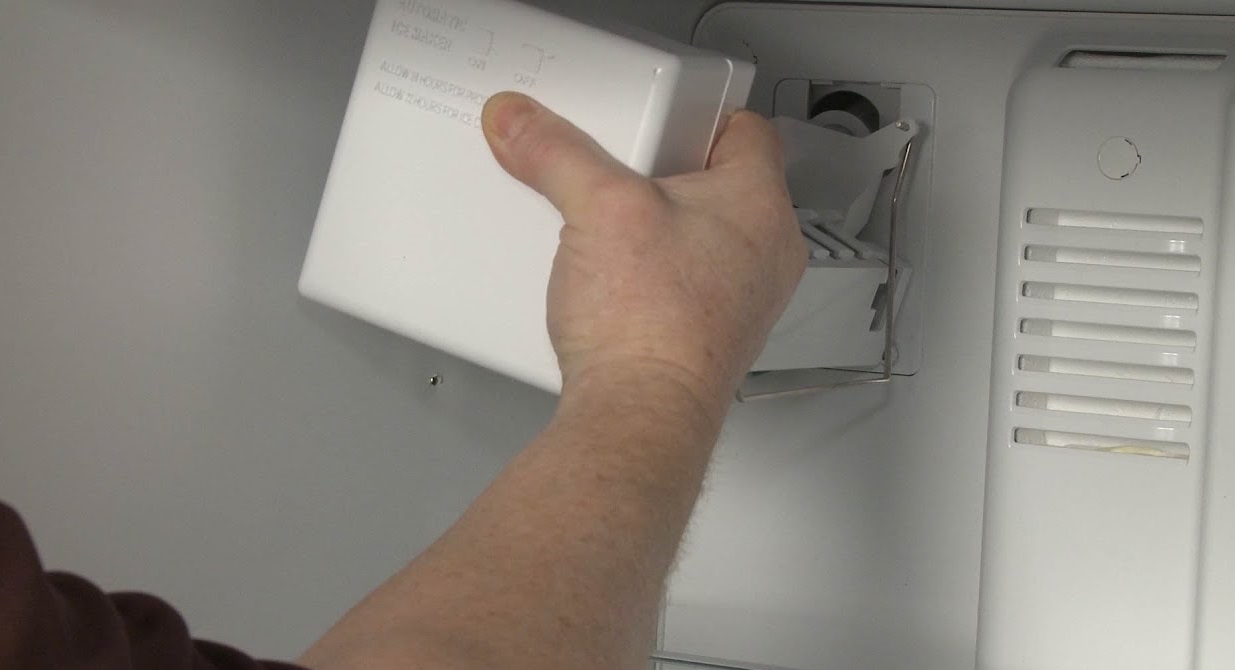
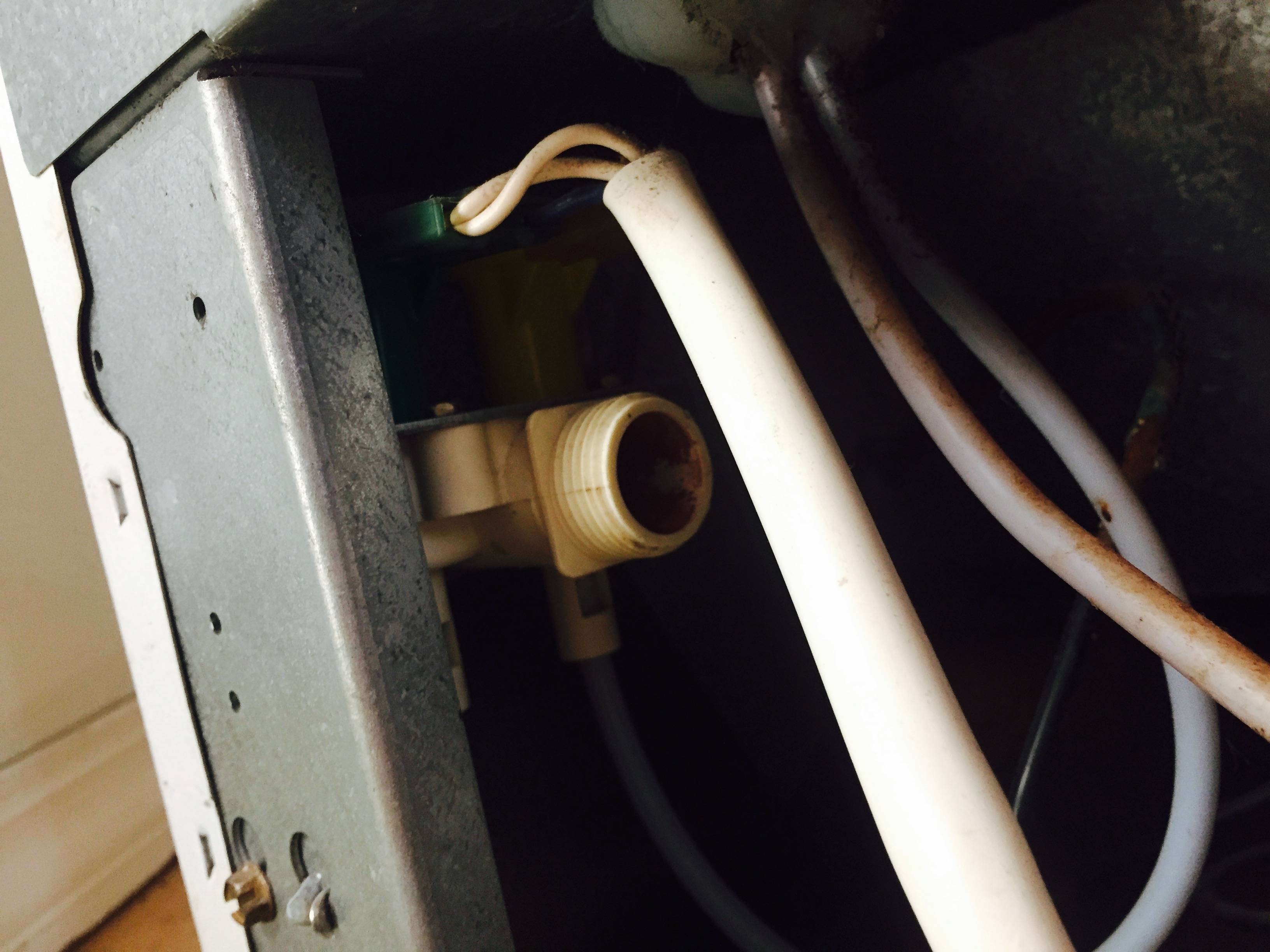
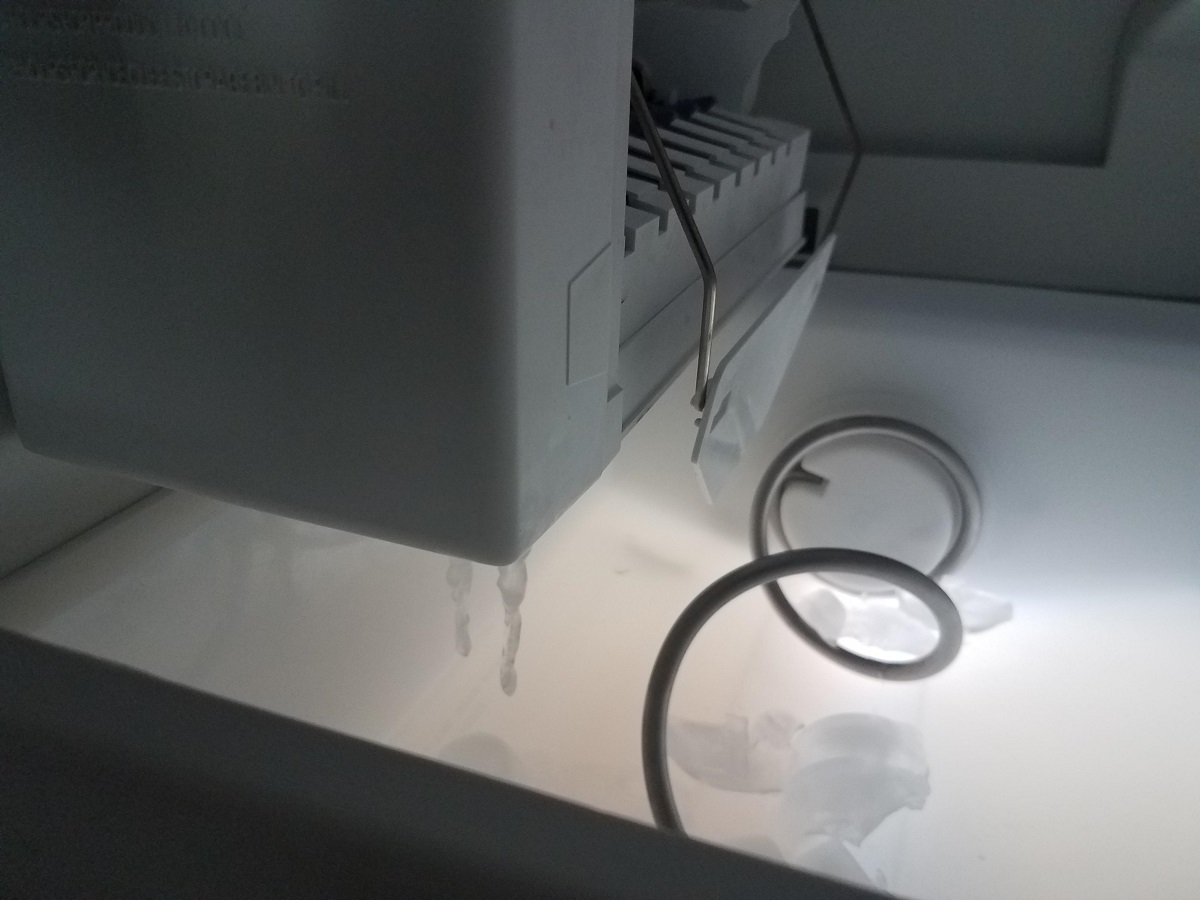
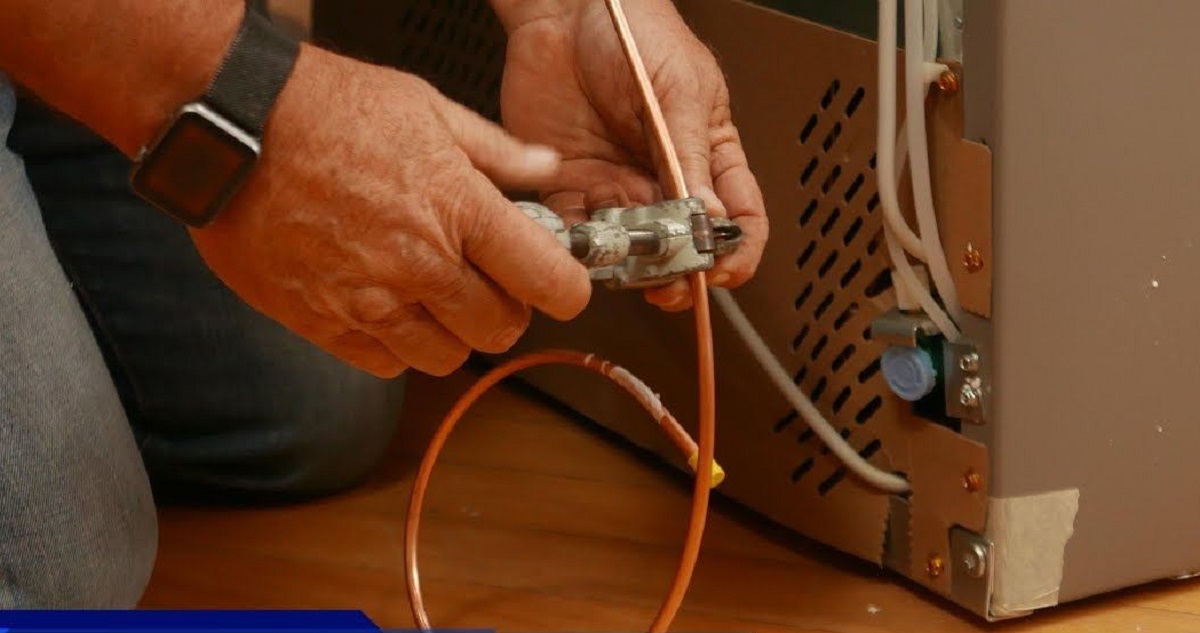
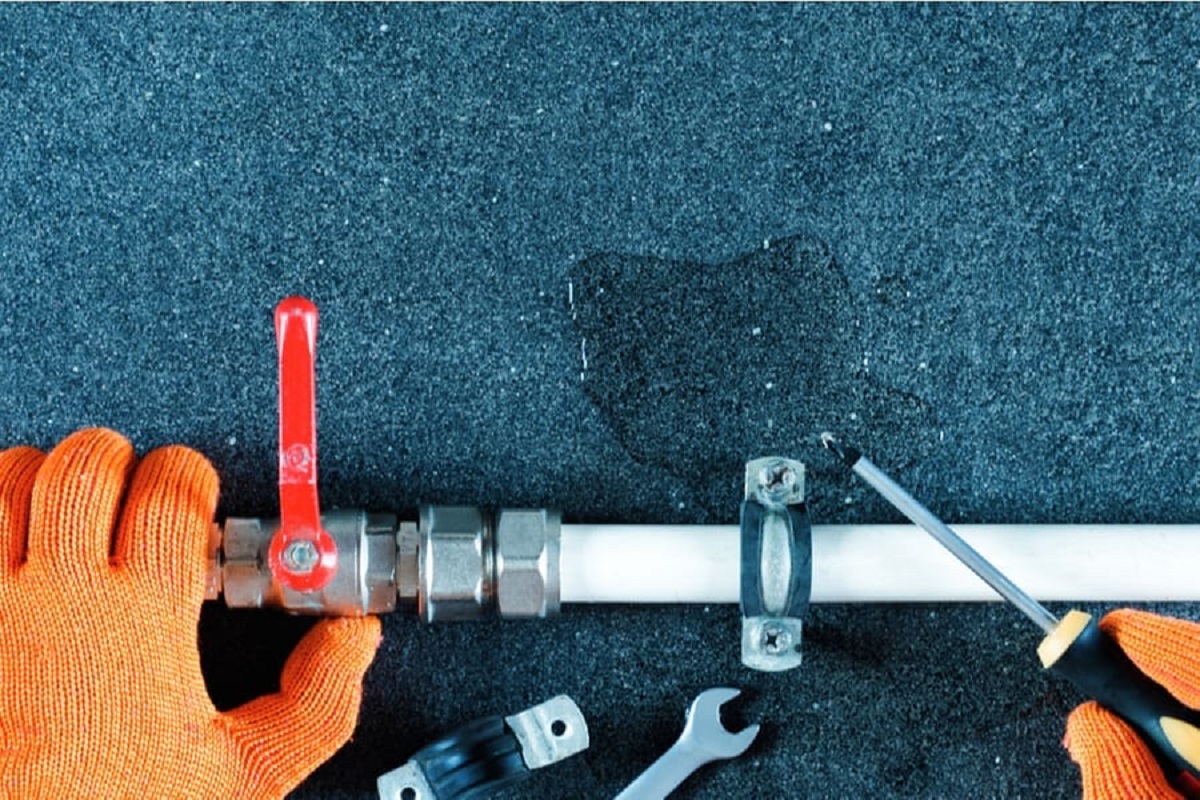
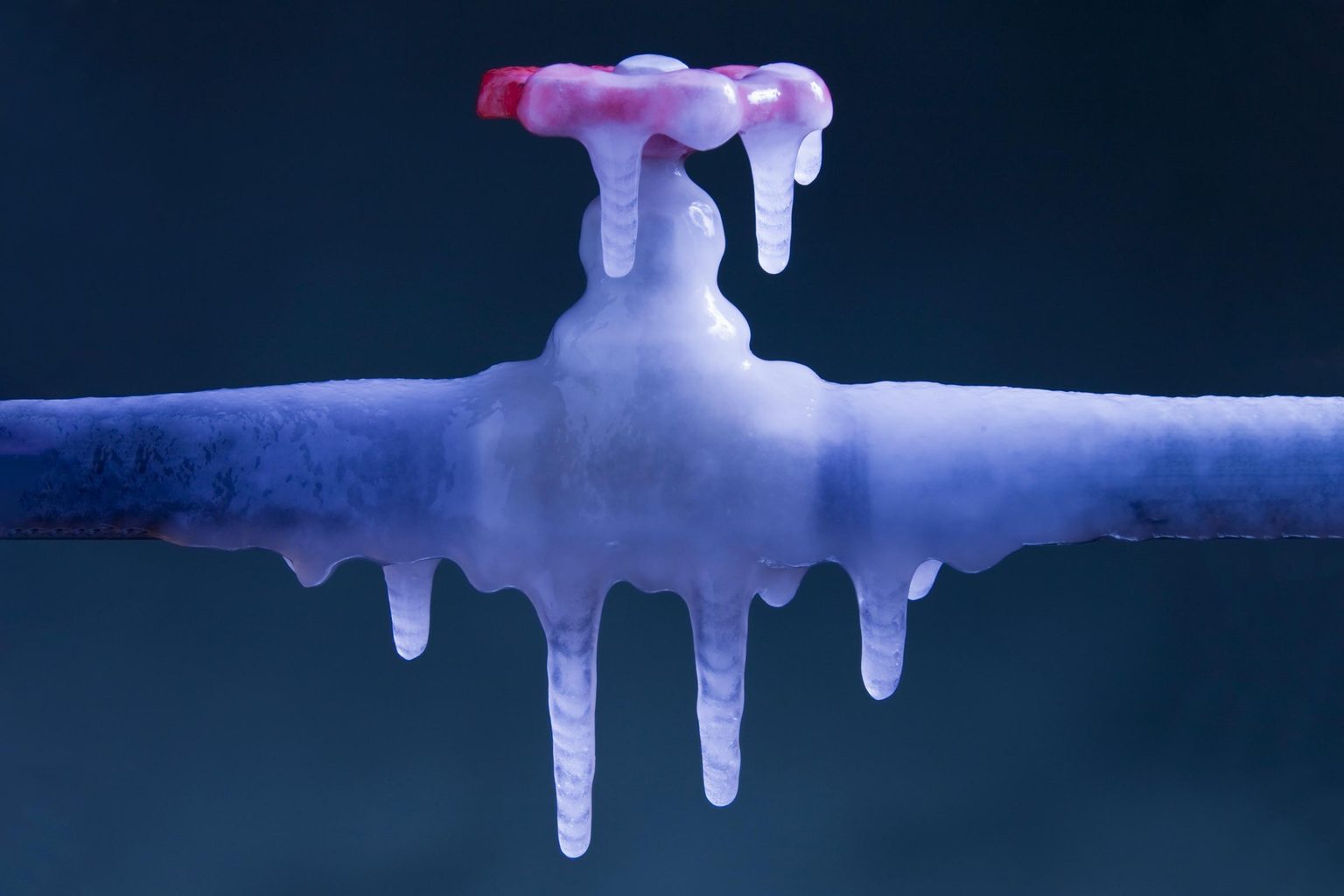
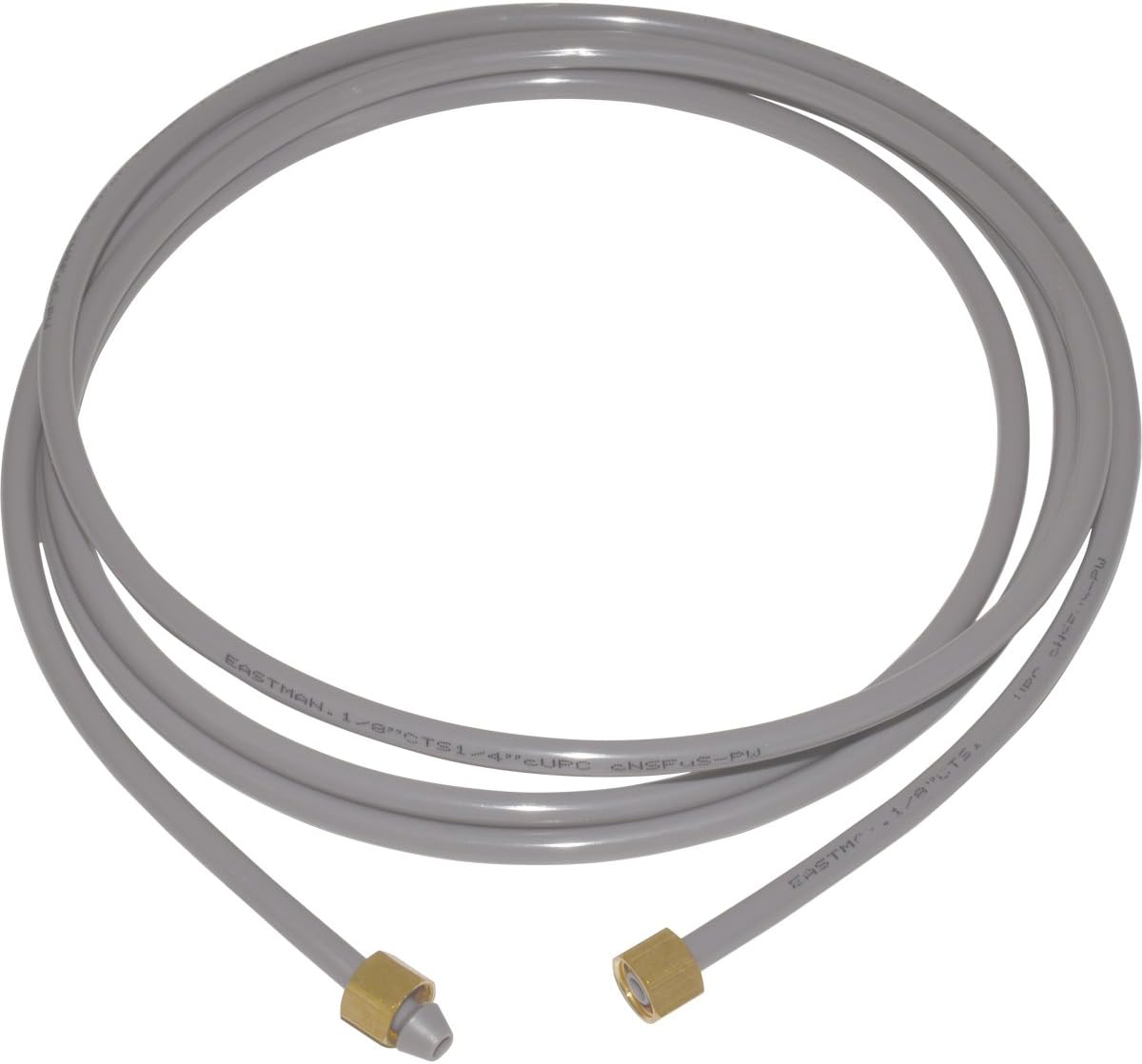

0 thoughts on “How To Thaw Frozen Ice Maker Water Line”